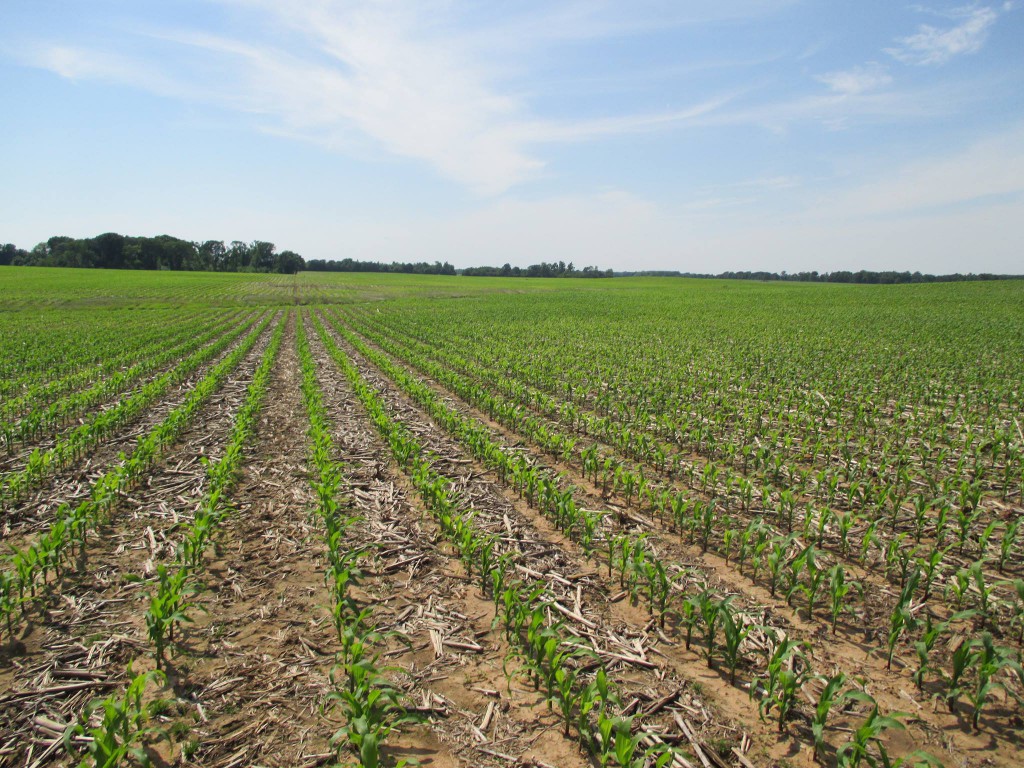
Yield maps are considered as a year-end report card for a farm that shows us what worked and where. Many consultants and growers utilize cotton yield maps at the end of the year to evaluate field performance and to determine how certain management practices can be adjusted in the next season to maximize productivity across the whole field. Therefore, quality of yield data is important to make sound and well-informed crop management decisions. Errors in yield data can occur at various stages of cotton harvest, so below are some considerations for growers to ensure quality yield data is collected during harvest and utilized for analysis:
- Before beginning harvest, make sure all yield monitoring components are working properly. Check if mass flow sensors are clean and free of debris, wiring harnesses are not damaged and connected properly, GPS receiver and other sensors are installed and functioning as intended.
- Check if the GPS receiver and in-cab display has the latest firmware and software updates installed. Confirm that GPS correction service subscription is active and paid for the rest of the year or until the end of the harvest season.
- Make sure to export and make a copy of yield data from previous year’s harvest and save it on an external data storage device or in a cloud-based storage.
- Verify that the GPS Offsets and other machine settings are entered correctly in the in-cab display/yield monitor.
- Calibrate the yield monitor to ensure yield estimates are accurate. Perform a multi-point calibration (at least three loads of varying weights) instead of single- or two-point calibration.
- During harvest, continuously monitor sensor readings and yield estimates to verify if all sensors are functioning properly and yield data is being recorded and/or mapped properly.
- Start a separate harvest job for each field to avoid combining yield data into a single file for multiple fields and for an easier yield analysis separately for each field later.
- Take notes about any changes in crop or field conditions within and among the fields. These will be helpful when analyzing yield data or comparing yield between the fields.
- If using an app and/or cloud-based application during harvest to view and wirelessly transfer harvest data, make sure that data is being properly transferred and stored in the cloud, and is available to download and analyze later.
- If yield data is not being transferred wirelessly during harvest, make sure to export and copy the yield data immediately after finishing harvest to prevent any unexpected data losses. Do not let that data sit in the yield monitor until next harvest or forever.
- Before analyzing yield maps, clean the yield data appropriately to remove any unwanted errors that may have occurred during harvest. There are few free software’s/tools available online to edit and clean yield data.
- When analyzing yield data, keep management zones to two or three and focus on understanding low, medium and high yielding zones/areas within a field instead of getting overwhelmed by the actual yield numbers or creating too many zones across the field.
- If unsure about what all options are available to analyze and use yield data, check with your equipment manufacturer, technology provider or local county extension agent to learn about different software and data management tools available for yield mapping and data analysis.
Again, remember that yield maps are only as good as the yield data quality and they only point towards low and high yielding areas within a field. To completely understand which and how management practices can be adjusted to maximize yield across the field, it is important to record and analyze other data layers as well (such as soil type, planting, fertilizer and spray application maps), and implement a fully integrated data management approach at the farm.
